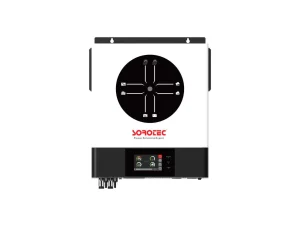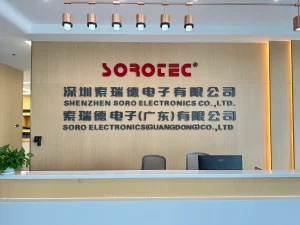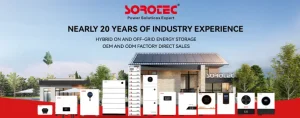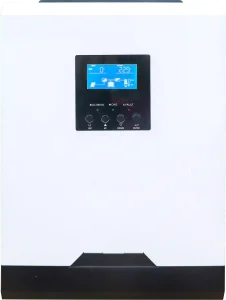Choosing the right solar inverter is a huge deal when you’re setting up a solar power system. It’s the gadget that turns the electricity from your solar panels into something your home can actually use. With tons of options out there, it can feel like a puzzle to pick the best one. No stress, though! This guide will walk you through the different types of inverters, what to keep in mind, and shine a light on awesome picks like the REVO HES-G2 6KW from SOROTEC. That one’s a wicked hybrid inverter — flexible, strong, and loaded with cool tricks.
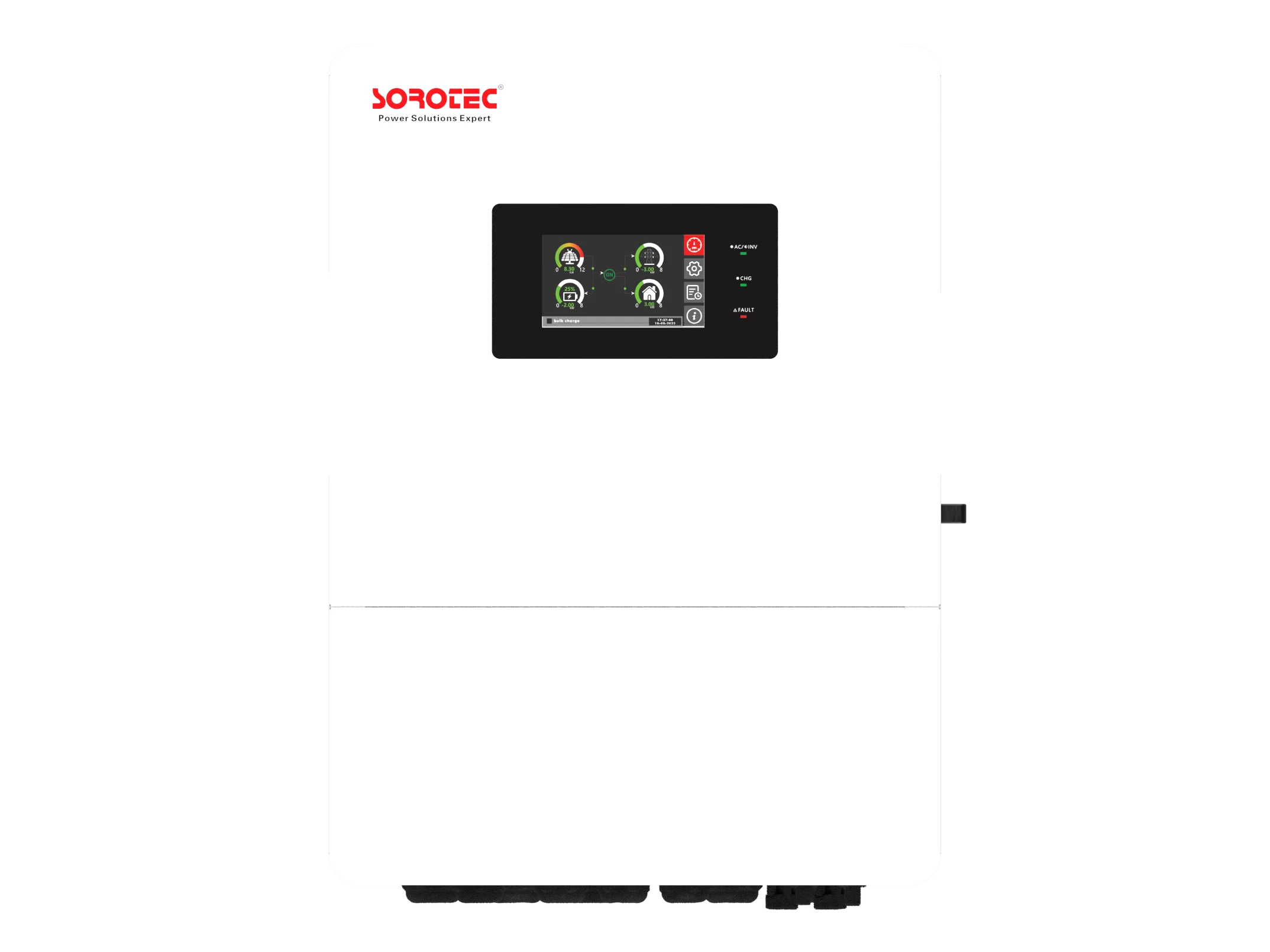
What Is a Solar Inverter?
A solar inverter is a super important part of your solar setup. It takes the direct current (DC) power your panels make and flips it into alternating current (AC) power for your lights, fridge, and TV. It also keeps things running smoothly by pumping up energy output, managing battery storage, and making sure it’s all safe and sound.
How Do Solar Inverters Work?
Inverters change DC power to AC power. They tweak the voltage and current to keep the electricity steady for your home or the grid. Plus, they use a neat trick called Maximum Power Point Tracking (MPPT). This helps your panels work their best, even when clouds roll in or temps shift.
Types of Solar Inverters
There are a few kinds of solar inverters, each with its own vibe. Here’s the lowdown:
String Inverters
String inverters are crazy popular for home solar systems. They hook up to a bunch of panels and turn all their power into AC at once. They’re a wallet-friendly pick for houses with sunny, open roofs.
- Pros: Easy to install and won’t break the bank.
- Cons: If one panel’s shaded or busted, the whole setup can take a hit.
Microinverters
Microinverters are tiny units stuck on each panel. They work solo, so a shady or broken panel doesn’t drag down the rest.
- Pros: Every panel shines on its own, great for weird roofs.
- Cons: More expensive since you need one per panel.
Power Optimizers
Power optimizers are like microinverters’ cousins. They go on each panel to boost its power before sending it to a main string inverter.
- Pros: They pull more juice from your panels.
- Cons: You still need a string inverter, so it’s a bit more complex.
Hybrid Inverters
Hybrid inverters are the bomb for homes that want batteries. They handle solar power and battery storage, letting you save extra energy for nighttime or outages.
- Pros: Store power for more freedom from the grid.
- Cons: They cost more and can be a tad tricky.
Key Factors to Consider When Choosing a Solar Inverter
Picking the perfect inverter depends on your home, wallet, and solar setup. Here’s what to think about:
1. Efficiency Ratings
Efficiency is all about how much power your inverter keeps when switching from DC to AC. You want one that loses as little as possible—shoot for 95% or better. The REVO HES-G2 is a beast at this, squeezing every drop of power from your panels.
2. Compatibility with Solar Panels and Batteries
Your inverter has to vibe with your panels and any batteries you might add. The REVO HES-G2 is a total pro. It works for on-grid or off-grid setups and gets along great with battery systems.
3. Warranty and Support
A solid warranty means you’re covered if things go wrong. The REVO HES-G2 comes with a five-year warranty, so you can chill knowing it’s built to last.
4. Monitoring Capabilities
Lots of inverters let you check your system on your phone or laptop. The REVO HES-G2 has WiFi built in, so you can keep an eye on things from anywhere.
5. Cost and Budget Considerations
Inverters go from cheap to fancy. High-end ones like hybrids cost more upfront but can save you money by storing energy. The REVO HES-G2 6KW is a bit of a splurge, but its features make it a smart pick for lots of homes.

How to Match the Right Inverter to Your Home
To find the best inverter, think about these things:
1. Assessing Your Energy Needs
Check how much power your home uses. The REVO HES-G2 is awesome for medium to big houses with lots of energy demands.
2. Considering Roof Space and Orientation
Got a shady roof or not much space? Microinverters or power optimizers can max out each panel’s power. If your roof’s wide open and sunny, a string inverter might be enough.
3. Evaluating Local Climate Conditions
Weather matters. The REVO HES-G2 has an IP65 rating, so it’s tough enough to handle heat, rain, or humidity like a champ.
4. Understanding Grid Connection Requirements
Live where power cuts are common or there’s no grid? An off-grid inverter like the REVO HES-G2 is your friend. It works with batteries to keep your lights on when you need them.
Installation and Maintenance Tips
1. Professional Installation vs. DIY
Most inverters, like the REVO HES-G2, are best set up by pros to keep things safe and working right.
2. Regular Maintenance Practices
Keep your inverter clean and give it a quick check now and then. The REVO HES-G2 is a breeze to maintain with its easy setup and WiFi monitoring.
3. Troubleshooting Common Issues
Inverters can hit snags like power drops or overheating. The REVO HES-G2’s smart monitoring lets you spot and fix issues in a snap.
Conclusion
Finding the best solar inverter is all about knowing what your home needs and checking out your options. The REVO HES-G2 from SOROTEC is a killer choice with its flexibility, power, and neat features like WiFi monitoring and battery support. Whether you’re sticking with the grid or going off on your own, this inverter’s got your back.
FAQ
Q1. What’s the difference between on-grid and off-grid solar inverters?
A: On-grid inverters connect to the utility grid and send extra power back. Off-grid ones run solo with batteries to keep your home powered.
Q2. How do I know if the REVO HES-G2 6KW inverter is right for my home?
A: It’s perfect for medium to large homes with big energy needs. It handles both on-grid and off-grid setups and works great with batteries.
Q3. Can I monitor my solar system remotely with the REVO HES-G2 6KW inverter?
A: You bet! It’s got WiFi monitoring, so you can check your system on your phone or computer from anywhere.


